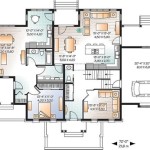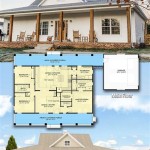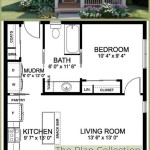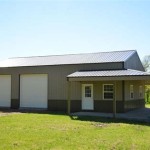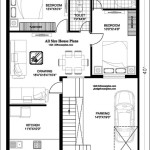Colonial Revival Style House Plans: A Timeless Classic
The Colonial Revival style originated in the late 19th century as a nostalgic tribute to the architectural heritage of the American colonial period. Today, Colonial Revival house plans continue to captivate homeowners with their timeless appeal and enduring charm.
Characteristics of Colonial Revival House Plans
Colonial Revival houses are renowned for their classic symmetrical facades, which often feature a central entrance flanked by two or more windows on each side. The exterior is typically clad in brick, clapboard, or stone, with white or beige being common color choices. The roof is usually pitched with gabled or hip dormers, adding to the home's elegant and inviting presence.
Floor Plans
Colonial Revival house plans prioritize practicality and functionality. The traditional layout features a central hallway that separates the formal living and dining rooms from the kitchen and breakfast nook. The bedrooms are typically located on the second floor, with a master suite and one or more additional bedrooms. Some plans also include a bonus room or finished attic for additional living space.
Interior Design
The interior of a Colonial Revival house typically reflects the style's understated elegance. Hardwood floors, crown molding, and wainscoting create a sense of warmth and sophistication. Fireplaces are a common feature in the living room and family room, adding a cozy ambiance to these central gathering spaces.
Benefits of Building a Colonial Revival Home
Choosing a Colonial Revival house plan offers several advantages for homeowners:
Timeless Appeal:
Colonial Revival homes have stood the test of time, retaining their popularity and charm for well over a century. Their classic design will never go out of style, ensuring the aesthetic value of your home for decades to come.
Versatile Layouts:
Colonial Revival floor plans are highly adaptable, allowing for modifications to suit specific needs and lifestyles. Whether you require a spacious kitchen, a dedicated home office, or a large family room, the flexibility of these plans makes it easy to create a home that perfectly aligns with your aspirations.
Historical Significance:
Building a Colonial Revival house offers a unique opportunity to connect with the architectural heritage of America. These homes evoke a sense of history and nostalgia, providing a tangible link to the past.
Choosing a Colonial Revival House Plan
When selecting a Colonial Revival house plan, there are several factors to consider:
Size and Layout:
Determine the square footage and number of bedrooms and bathrooms that meet your family's needs. Consider the flow of the floor plan and whether it suits your lifestyle.
Exterior Style:
Select an exterior cladding and color scheme that complements your personal taste and the surrounding neighborhood. Consider the architectural details, such as window and door trim, to enhance the home's overall aesthetic.
Budget:
Set a realistic budget for the construction and customization of your Colonial Revival home. Factor in the cost of materials, labor, and any necessary permits.
Whether you are seeking a stately family home or a charming cottage, Colonial Revival house plans offer a timeless and versatile solution that will endure as a cherished heirloom for generations to come.
Pin Page

Colonial House Plans Dutch Modern More Monster

Colonial Revival House Plan The Crofton Home Builders Catalog

1935 Garrison Colonial Revival Ladies Home Journal House Plans

Colonial House Plans Designs Floor Blueprints

Casa Comillas Period Style Homes

Colonial House Plans Floor For Homes
Colonial House Plans Home Design Hw 2610 17509

Colonial Revival

The Radford American Houses 100 Ilrated Old For

